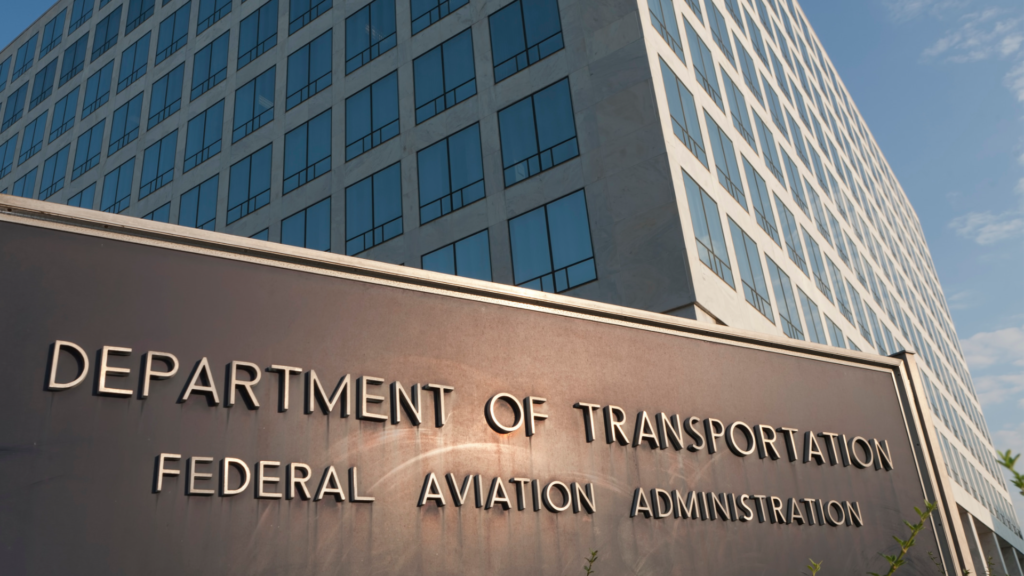
For the past few weeks, we’ve reported about the delay on Verizon and AT&T’s rollout of 5G service on the C-band spectrum. Originally planned for only 1 month, the delay is due to concerns about interference with aircraft sensors.
While the FAA still investigates this, there have yet to be any reports of incidents with actual interference. This is known because this particular section of frequency spectrum is already used in almost 40 other countries. All of which have never reported issues.
The FCC has been involved and even approved use of the C-Band spectrum from 3.7 to 3.98 GHz. This came only after analyzing the aviation industry’s interference claims and finding no evidence to support the claims. The FCC also required a 220 MHz guard band that will remain unused to protect altimeters from interference. That guard band is more than twice as big as the 100 MHz buffer initially suggested by Boeing, the FCC has said.
As detailed in a proposal posted on Wednesday, the carriers (AT&T and Verizon), have agreed to lower the signals’ cell-tower power levels nationwide and impose stricter power caps near airports and helipads, according to a copy reviewed by The Wall Street Journal. This implementation will last for at least 6 months while the FAA continues to monitor the situation.
“While we remain confident that 5G poses no risk to air safety, we are also sensitive to the Federal Aviation Administration’s desire for additional analysis of this issue,” the companies said in the letter to FCC Chairwoman Jessica Rosenworcel. Wireless industry officials have held frequent talks with FCC and FAA experts to discuss the interference claims and potential fixes, according to people familiar with the matter.
The FAA welcomed the proposal, but has not yet indicated whether it will agree to it.
The paper also notes that 5G users shouldn’t be significantly affected as carriers already use directional antennas near airports to limit the power of the signals reaching aircraft, and within terminal buildings most people use WiFi.

